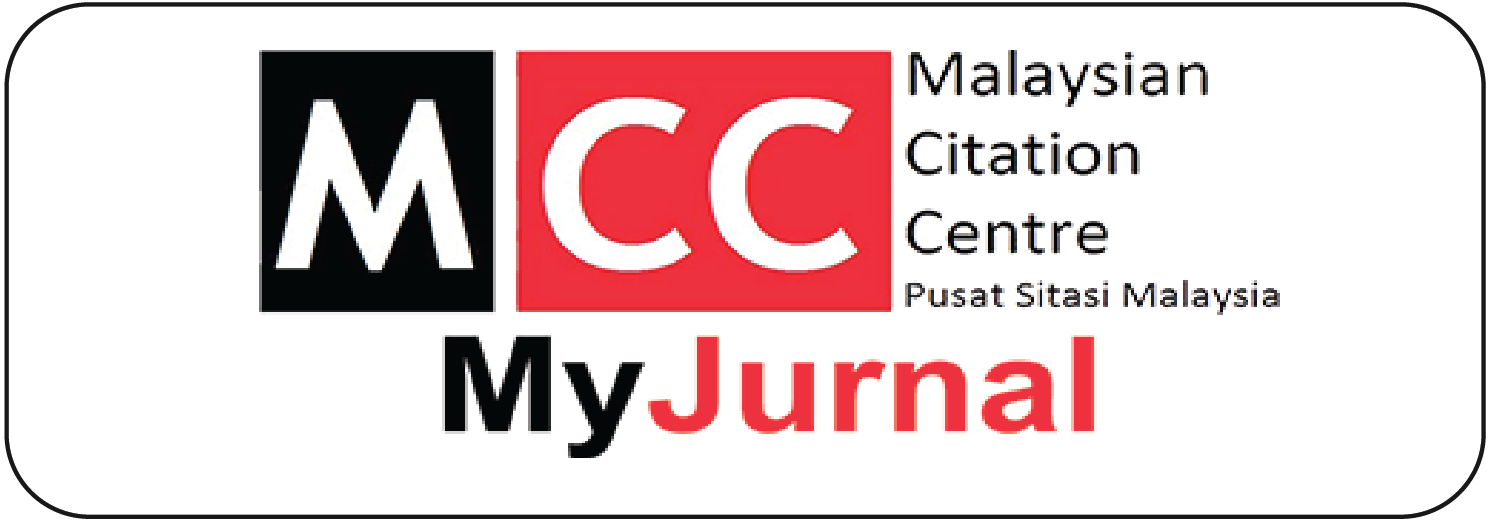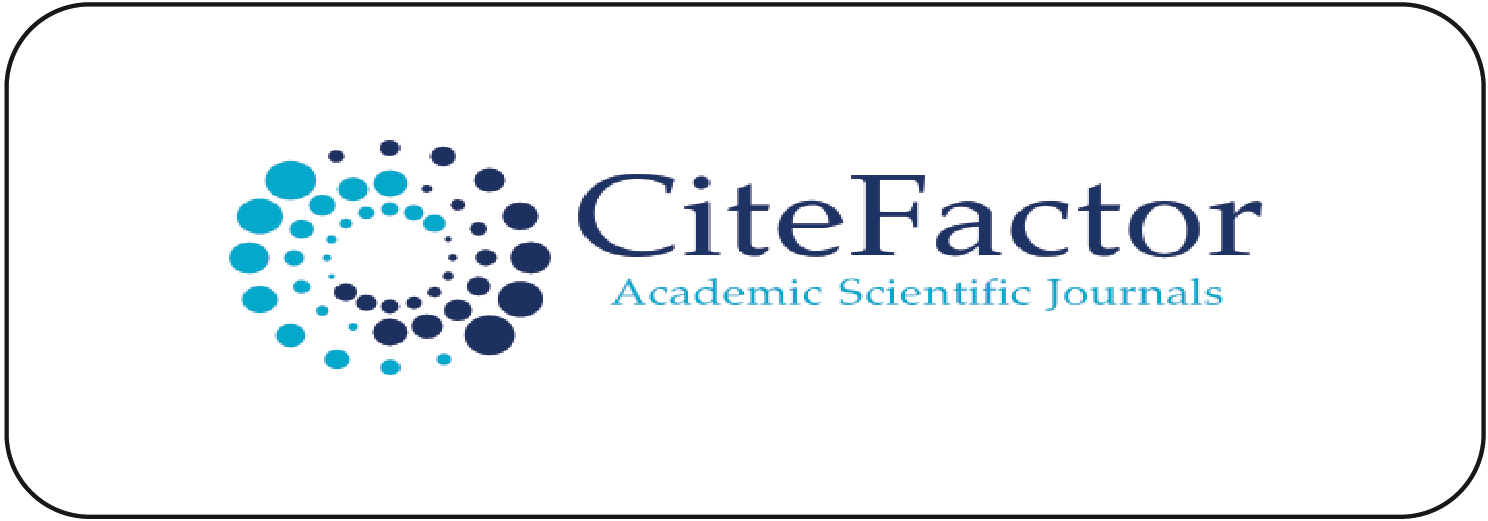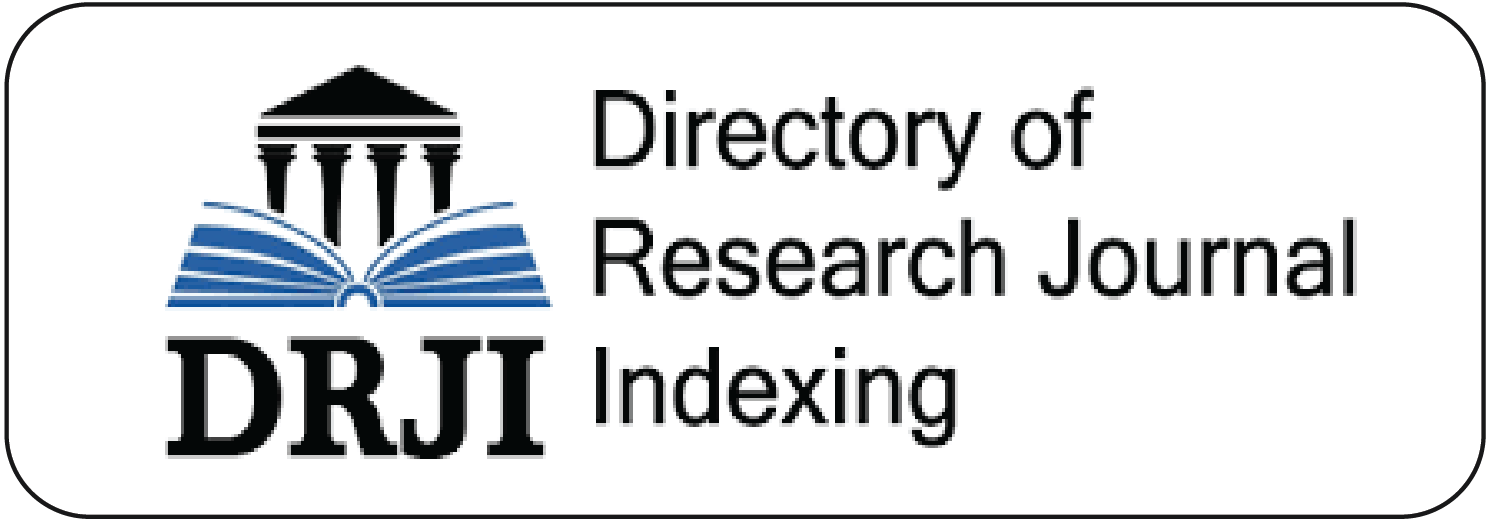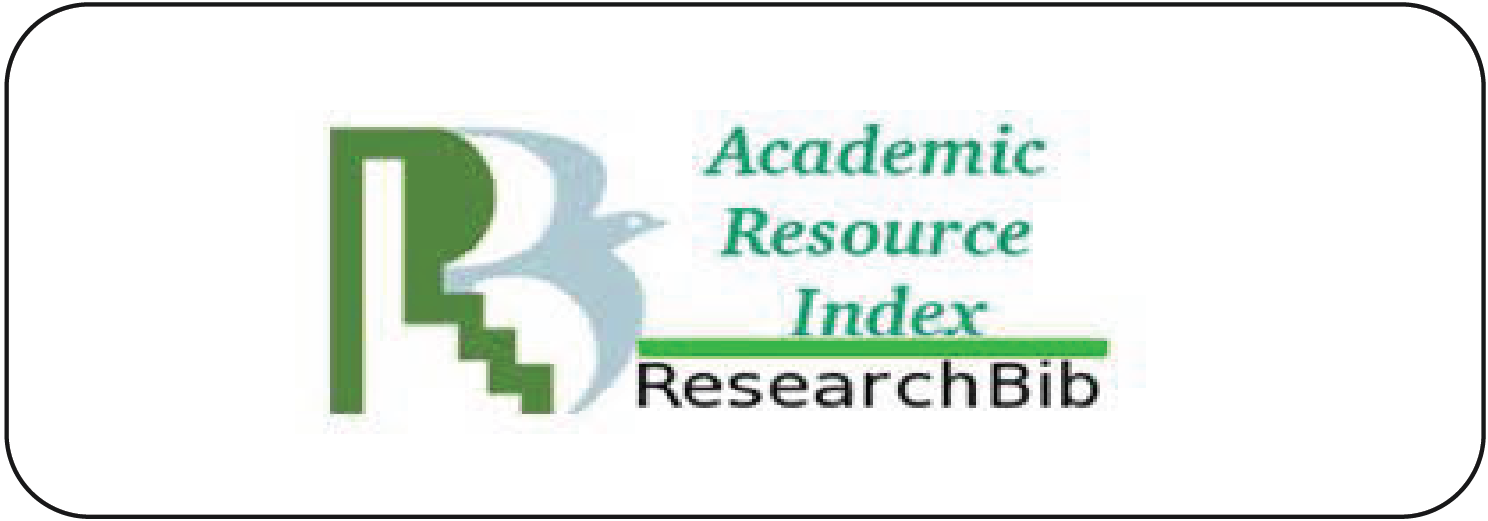Evaluating the Impact of Zakat on Inclusive Growth Towards Poverty Reduction in Nusa Tenggara Timur
DOI:
https://doi.org/10.51377/azjaf.vol5no2.190Keywords:
Inclusive Growth, Nusa Tenggara Timur, Poverty Reduction, Zakat DistributionAbstract
This study examines the effectiveness of zakat distribution in Nusa Tenggara Timur, Indonesia, with a particular emphasis on how it affects access to basic services and the decrease of poverty for the period 2013-2022. Data was obtained from BPS Statistics Indonesia and Baznas National Zakat Statistics and analyzed using ordinary least squares regression model. The study finds that zakat distribution amounts significantly increase the number of poor people in Nusa Tenggara Timur. This result highlights structural problems with zakat institutions, such as poor institutional support, ineffective regulations, and problems with data administration. Second, the study shows that the fraction of households that get basic services is negatively impacted by the distribution of zakat. This implies that the ways in which zakat is distributed is not sufficient to promote inclusive growth, which might lead to the continuation of poverty cycles. The study underscores the necessity of implementing reforms in the zakat distribution, and reporting procedures. BAZNAS must implement complete digital solutions for transparent money tracking and effective distribution if they are to optimize the impact of zakat on poverty reduction. To enhance resource mobilization and distribution, private sector participation in zakat collection and cooperation with local governments are recommended.
Downloads
Downloads
Published
How to Cite
Issue
Section
License
Copyright (c) 2024 Ruwaida Mohamed Majid, Amadou Gissay

This work is licensed under a Creative Commons Attribution-NonCommercial-NoDerivatives 4.0 International License.





















